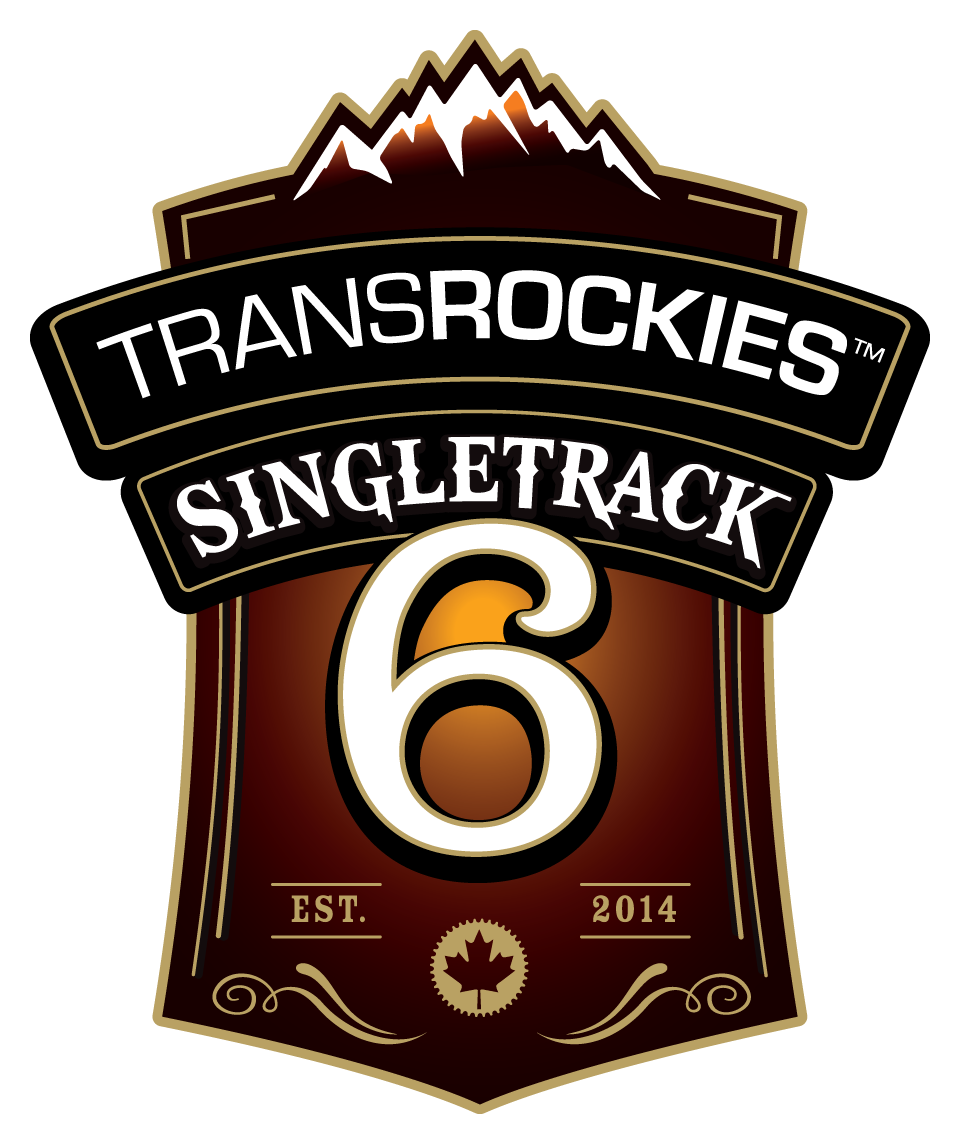Rack attack Stage 5: West bRagg Creek, AB
Dates: July 17, 2023
The Location:
Nestled in the foothills of the Canadian Rockies, Bragg Creek, Alberta has become a destination for mountain bikers from all over the world. The town, located just 40 kilometers west of Calgary, has a history dating back to the late 1800s, when it served as a stopping point for travellers and a hub for logging and saw milling. But it wasn't until the 1980s that mountain biking took off in the area, and Bragg Creek became a hotspot for riders seeking challenging singletrack and stunning scenery.
Mountain biking in Bragg Creek is a true test of skill and endurance, with trails ranging from flowy and fast to technical and steep. Many of the trails were originally built by local riders, and over the years, the community has come together to create a network of world-class mountain biking trails. The area has also been home to some of the most iconic races in the sport, including the TransRockies Challenge and Singletrack 6.
None of this would be possible without the tireless work of the Bragg Creek Trails organization. Founded in 1996, the organization is dedicated to maintaining and improving the trail network in the area. They work closely with landowners, government agencies, and local businesses to ensure that the trails are accessible and sustainable for all users. In recent years, the organization has focused its efforts on the development of trails in West Bragg Creek, an area that has seen explosive growth in recent years.
The development of West Bragg Creek as a mountain biking destination has been a game-changer for the sport in the area. The area features over 70 kilometers of trails, ranging from beginner-friendly to expert-level. The trails wind through stunning forests and offer breathtaking views of the Rockies. In addition to mountain biking, the area is also popular for hiking, trail running, and snowshoeing in the winter months.
The Stage:
The fifth stage takes us to the popular trail network of West Bragg Creek, Alberta. This stage is designed as a cloverleaf with three loops that return to the West Bragg Creek Day Use Area parking lot. Riders are advised to follow parking signs and marshal instructions to park in the designated area only.
The first loop heads north, beginning with the rolling Telephone Loop ski trail. This is a wide, rolling trail with a few punchy climbs that will spread the riders out. Once at the far end of the trail, we’ll jump onto Long Distance, a singletrack that winds through the forest with intermittent views of the surrounding foothills. A fast descent brings us back to the parking lot and Aid Station 1 at 16km.
The second loop takes us onto the popular rolling Braggin’ Rights trail, and then onto Merlin View. From the far end of Merlin, we continue on the newly finished Kestrel singletrack. This fun ride offers lots of punchy climbs and fun short descents, culminating with a longer switchback descent at the end down to the newly reconstructed Tom Snow trail and Moose Singletrack. Jumping back on the road brings us back almost to the start and Aid Station 2 at 36 km.
The third and final loop takes riders south on Ranger’s Summit and down the super fun Strange Brew descent. Boundary Ridge brings riders back to the West Bragg Creek parking lot and the finish line.
With 46 km of riding and plenty of singletrack, this stage is no joke, but it will leave you smiling anyway with a very high fun-factor! It truly is some of the best of this popular trail network. Riders will encounter a mix of wide and rolling ski trails, tight and twisty singletrack, and fast and flowy descents.
** This stage takes place within the Kananaskis Provincial Park and a Kananaskis Park Pass will be required for parking in the West Bragg Creek lot. A single day use pass can be purchased at https://conservationpass.alberta.ca/kcp **
Distance: 46.0 km
Elevation Gain: 1,200 m
Timed Descent: 214 m over 2.7 km, Strange Brew
Aid/CP: 16km, 36km
Map:
View on Ride with GPS.
All Routes Subject to Change.
*Elevation data may be highly variable by device or mapping platform, as different software may use various data sources and calculation methods. Our total elevation gain for the stage is a middle estimate based on readings from multiple devices.





